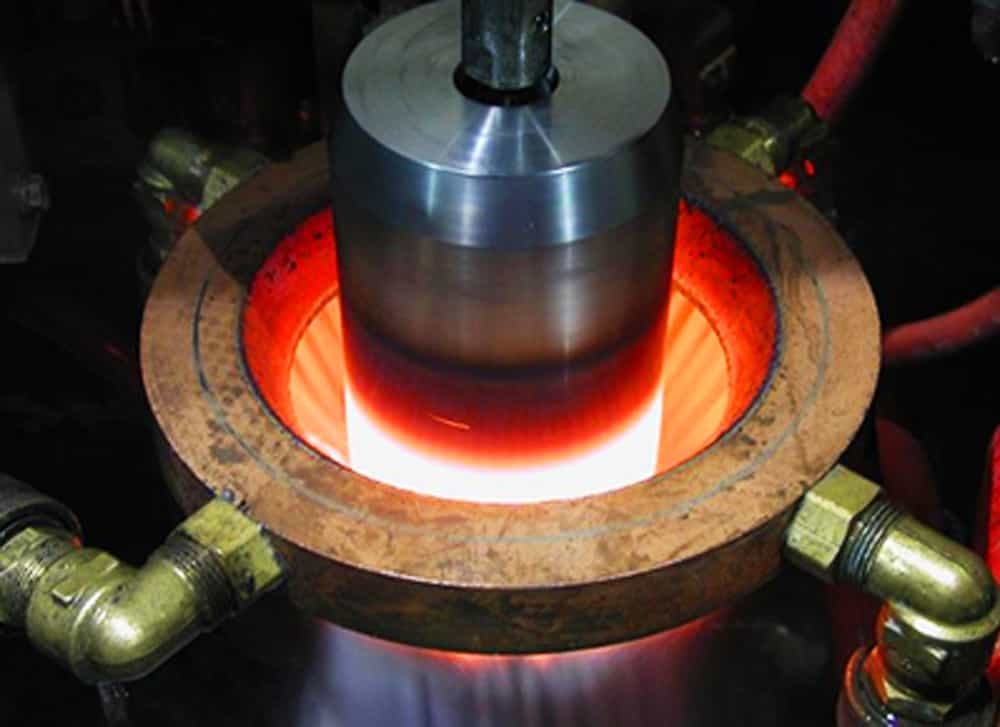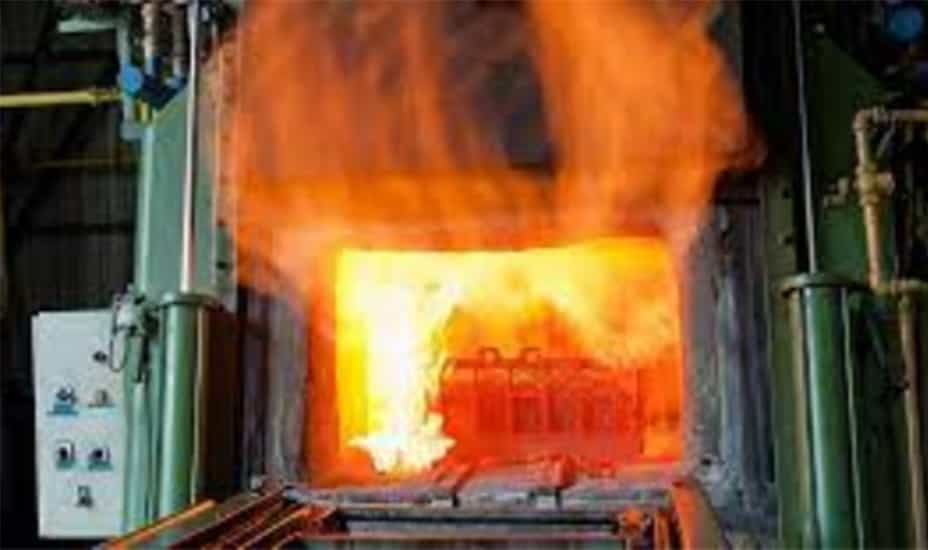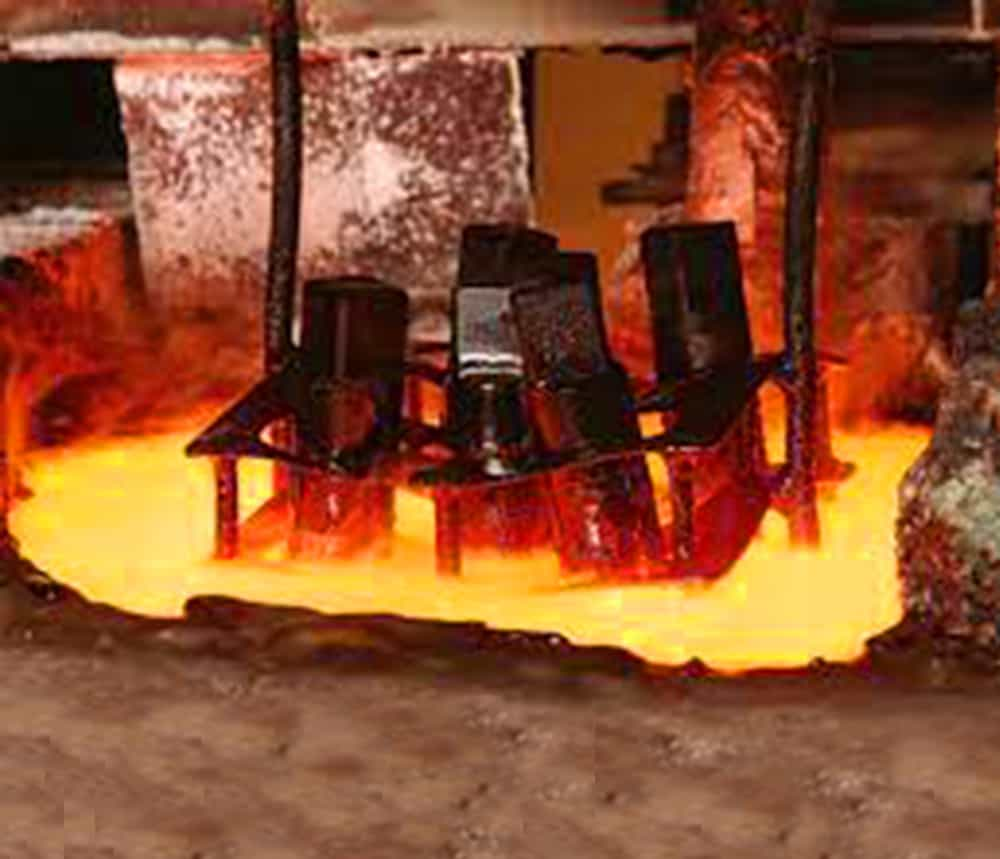Gear and Slewing Ring Hardening
In engineering, gear and slewing ring hardening solutions are paramount. These crucial components, central to many mechanical systems, demand treatments that enhance their resilience. Hardening offers this advantage, augmenting durability and wear resistance. This process also improves fatigue strength, enabling the components to withstand repetitive stresses more effectively. The result is heightened efficiency, reduced maintenance, and prolonged component life, making hardening an indispensable strategy for optimal machinery performance.
The Importance of Gear and Slewing Ring Hardening
Gears and slewing rings are foundational components in a multitude of industries, from heavy machinery and aerospace to automotive and energy sectors. Their functions, though diverse, revolve around transmitting torque, bearing heavy loads, and facilitating precise rotations.
However, these components encounter formidable challenges. Frequently subjected to extreme loads, their structural integrity can be compromised. The continuous rotation they often undergo can expedite wear, particularly if misalignment or uneven load distribution occurs. This wear is not merely a surface concern; it can profoundly affect the performance, safety, and lifespan of the entire mechanical system.
Given these inherent challenges, hardening becomes more than a mere enhancement; it's a necessity. By reinforcing gears and slewing rings against these adversities, hardening ensures that these components can serve reliably and efficiently, meeting the rigorous demands of modern industries.
The Hardening Techniques
Induction Hardening
This is a heat treatment process wherein a metal component is rapidly heated by electromagnetic induction and then immediately quenched. This method employs a coil to produce a magnetic field, rapidly raising the temperature of the metal before it's cooled using a suitable quenchant. It ensures superior surface hardness and wear resistance, while preserving the underlying core's resilience.

Carburizing
Carburizing is a surface hardening technique where carbon is introduced into the outer layer of a low-carbon steel at high temperatures. The gear or slewing ring is heated in a carbon-rich environment, allowing carbon atoms to diffuse into the steel. This process significantly enhances wear resistance by forming a harder, carbon-rich outer layer while maintaining a tough, ductile core.

Nitriding
Nitriding, a surface reinforcement method, infuses nitrogen into the component's outer layer. Executed in a nitrogen-abundant setting at reduced temperatures, this procedure establishes a robust compound layer, bolstering wear resistance, fatigue endurance, and anti-corrosion properties.

Flame Hardening
Flame hardening employs a high-intensity flame to locally heat the surface of a component. Once the desired temperature is reached, the part is quickly quenched. This method is suitable for large components or for hardening specific areas of a piece. Its main advantages are speed and adaptability, making it apt for large gears, rolls, slewing rings, and wear surfaces.

Case Hardening
Encompassing techniques like carburizing and nitriding, case hardening ensures a hard outer shell while retaining a ductile core, making it ideal for components that require both wear resistance and impact strength.

Through Hardening
This approach entails uniformly heating the entire gear or slewing ring, followed by a quenching process, ensuring a consistent hardness across the component. While it doesn't offer targeted hardening advantages, through hardening is preferred for applications demanding consistent material strength throughout.

Selecting the Appropriate Hardening Technique
Choosing the right hardening method is pivotal, influenced primarily by the component's application and load requirements. Specific operational demands dictate the optimal technique:
- Induction Hardening: Preferred for parts needing wear resistance and core resilience, such as transmission gears.
- Carburizing: Suited for gears in heavy-duty machinery that require a wear-resistant surface and tough core.
- Nitriding: Ideal for components demanding corrosion resistance, common in marine applications.
- Flame Hardening: Used for large parts where only specific surface regions need hardening.
- Through Hardening: Recommended when uniform hardness is a priority, like in industrial rotary shafts.
Benefits of Gear and Slewing Ring Hardening
Hardening gears and slewing rings brings forth a multitude of advantages:
- Enhanced Durability: Hardening increases the component's lifespan, resisting wear and tear.
- Improved Performance: Optimized hardness ensures smoother gear operations and reduced friction.
- Reduced Downtime: Durable components require less frequent maintenance, ensuring uninterrupted operations.
- Cost Savings: With fewer replacements and repairs, operational costs decrease over time.
- Increased Reliability and Safety: Hardened parts are less prone to failures, ensuring machinery safety and consistent performance.
Investing in hardening not only preserves components but also elevates the overall machinery efficacy.
Conclusion
Gear and slewing ring hardening is paramount to the longevity and efficiency of these pivotal components. By employing the right hardening techniques, industries can achieve machinery that stands the test of time and delivers top-tier performance. As the landscape of engineering advances, making informed choices in hardening processes becomes even more critical. At LILY Bearing, we pride ourselves on offering industry-leading gear and slewing ring hardening solutions, poised to elevate your machinery's performance and longevity.
Keep Learning








